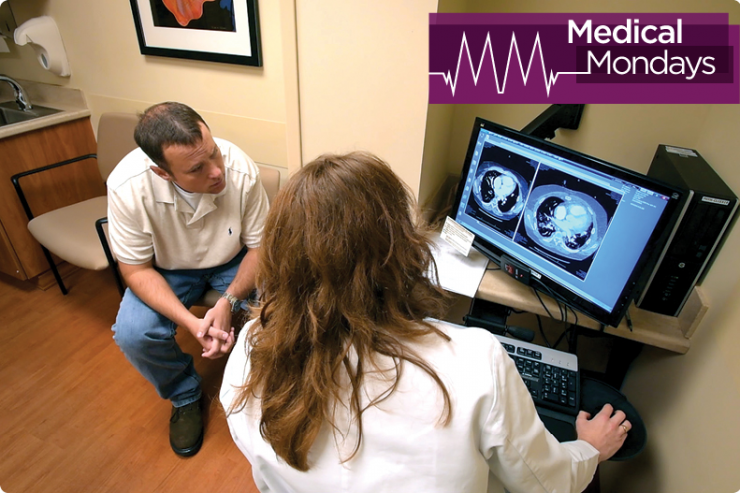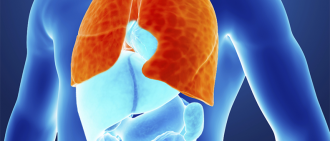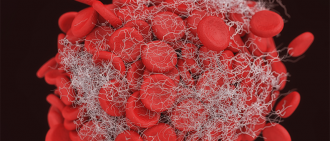Chronic thromboembolic pulmonary hypertension is a condition that stems from repeated or unresolved pulmonary embolism, or clots, within the pulmonary arteries of the lungs.
Learn more about:
- Pulmonary hypertension
- The risks and symptoms of blood clots
- Pulmonary embolism symptoms and treatment
- Pulmonary thromboendarterectomy
To learn more about CTEPH or to schedule an appointment with a CTEPH specialist, call 412-648-6161, or toll-free at 1-877-PH4-UPMC, or email PHprogram@upmc.edu.
-
CTEPH: Another Kind of High Blood Pressure
During chronic thromboembolic pulmonary hypertension (CTEPH), the blood pressure in your lungs can rise, often to dangerous levels. Read more about the causes, risk factors, diagnosis, and treatment options for this condition.Learn More
-
Pulmonary Hypertension Q&A
Pulmonary hypertension, or PH, can be a complicated diagnosis, and may even be confusing at times. Dr. Patricia George, a pulmonologist at UPMC, answers some of your questions about PH and lung disease, which may help you address your concerns.Learn More
-
What Is Pulmonary Hypertension?
Pulmonary hypertension is high blood pressure in the blood vessels in the lungs. Read more about this disease and why it’s important to talk to your physician or pulmonologist to help control symptoms and prevent further lung damage.Learn More
-
Beware of Blood Clots: What You Should Know
If you cut yourself, you stop bleeding because your blood has clotted. And that’s a good thing. But when your blood clots in certain areas of the body where it shouldn’t, potentially life threatening conditions can arise. Learn more about what causes blood clots, risk factors, and how to prevent them from forming.Learn More
-
Pulmonary Thromboendarterectomy: Surgery for CTEPH
If you’ve been diagnosed with chronic thromboembolic pulmonary hypertension (CTEPH), a surgical option available at UPMC may help you find relief. Learn more about pulmonary thromboendarterectomy, a treatment option that has been found to cure about 90% of patients with CTEPH.Learn More
-
Pulmonary Embolism: A Dangerous Clot
A pulmonary embolism is a clot that gets stuck in one of the blood vessels in your lungs. Untreated, it can lead to permanent lung damage, or even death. Find out more about this dangerous clot.Learn More






